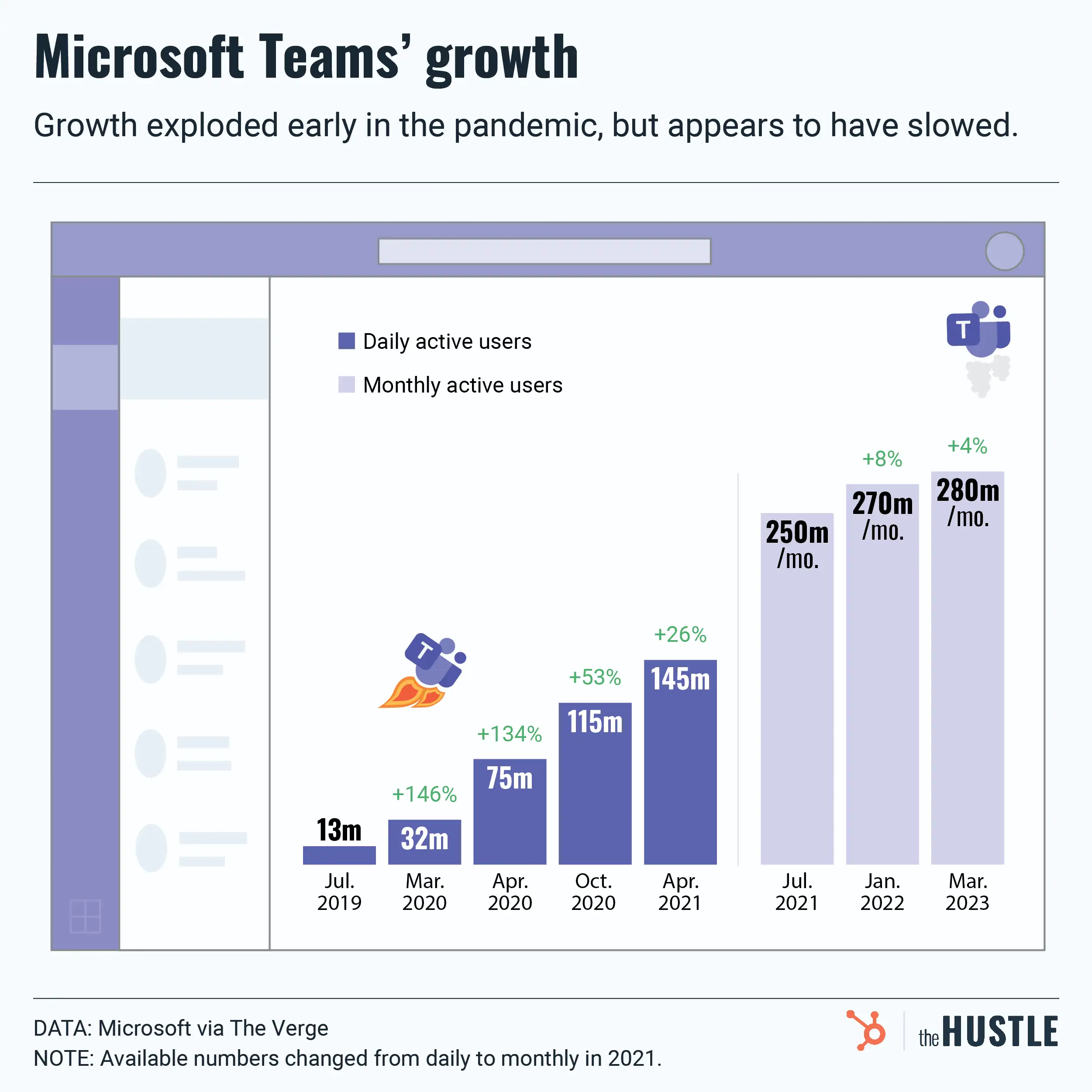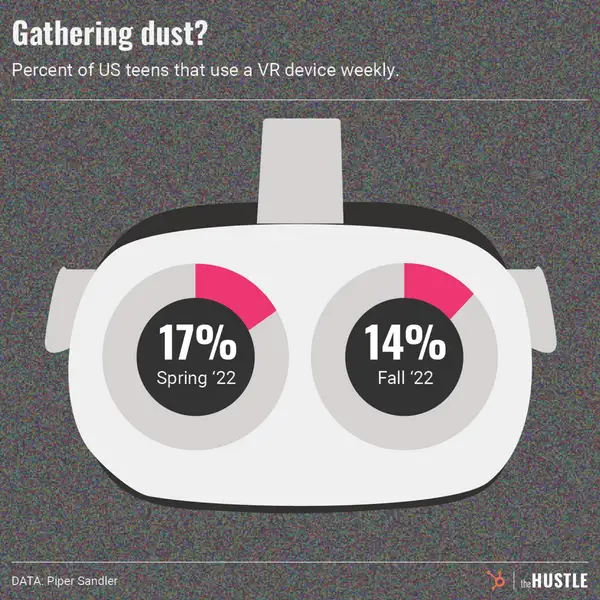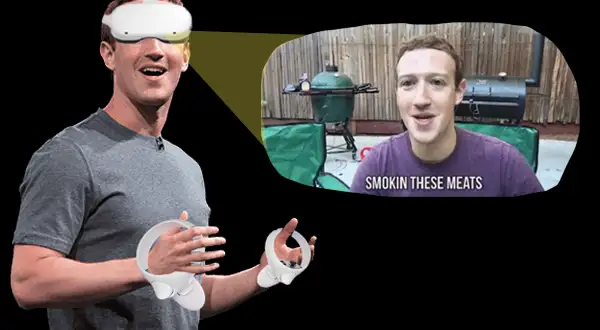
What’s up with Microsoft and the metaverse?
Microsoft dreamed up its AR headset over a decade ago. What’s happened since?
Published:
Updated:
Related Articles
-

-

Extended reality, explained
-

Just what nobody’s been asking for: Another metaverse offering
-

Whether or not it’s the answer we want, Microsoft has one for Zoom fatigue
-

Nobody’s moving to the metaverse
-

Even with legs, VR devices face an uphill battle
-

Is Zuck too early to the metaverse?
-

We visited a surprisingly detailed virtual Kmart
-

Are virtual concerts here to stay?
-

Weed rolls into the metaverse

